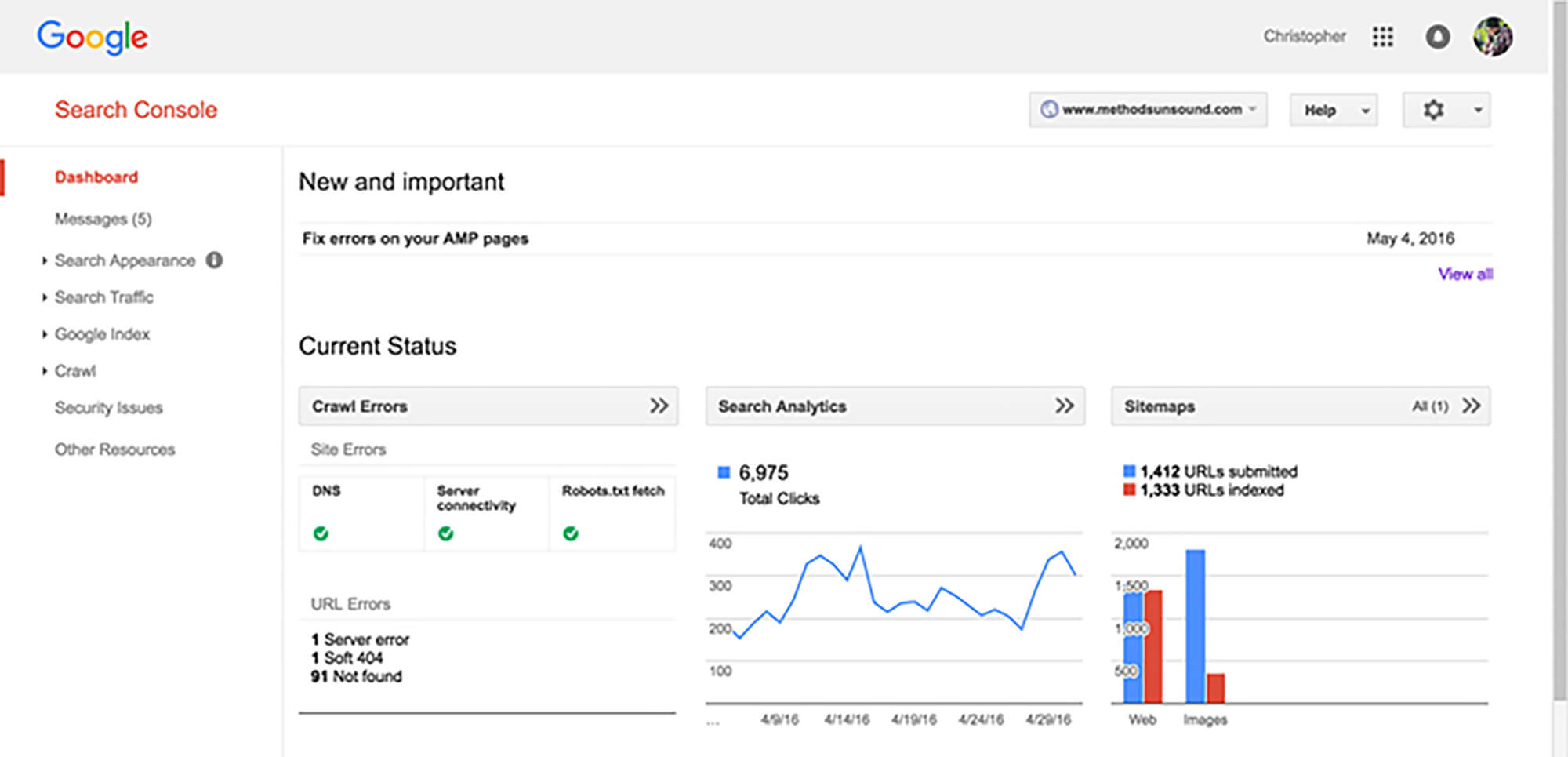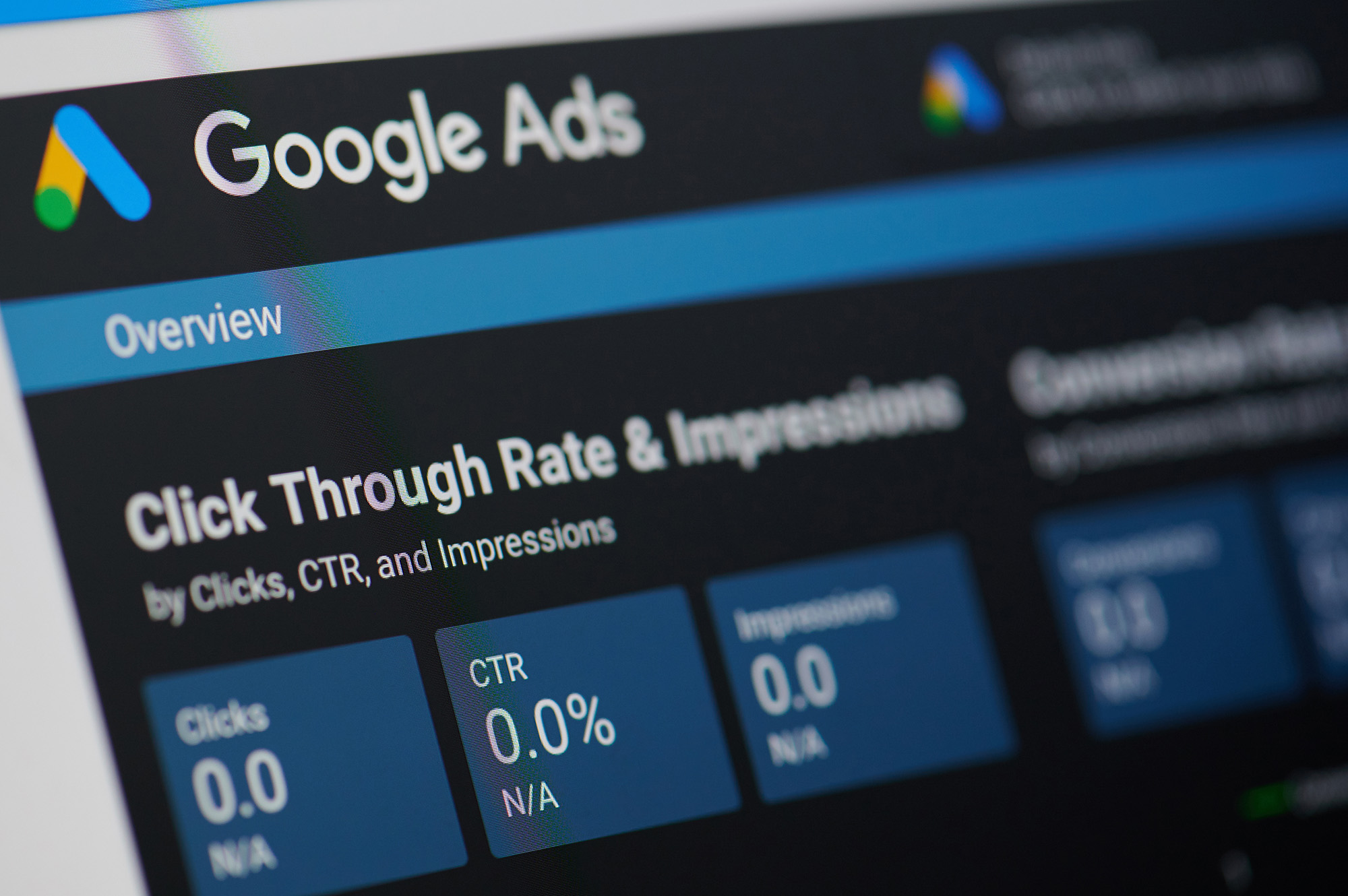
What Makes Content ‘Quality’?
The term “quality content” is often thrown around, but what does it actually mean? Quality content provides value to the reader by solving a problem, answering a question, or fulfilling a need. It is accurate, up-to-date, and presented in a format that’s easy to digest. Quality content should also align with your brand voice and messaging.
The Relevance of Keywords
Keywords are vital in attracting organic traffic, but they also play a role in retention. Visitors are more likely to stay on your site if the content matches their search intent. Overstuffing your content with keywords can have the opposite effect; it makes the text difficult to read and appears spammy, which can turn visitors off.
Visual Aids: More than Just Eye Candy
Including relevant images, videos, and infographics can make your content more engaging and easier to understand. Visual aids can break up long sections of text, illustrate complex concepts, and provide a more enjoyable reading experience. However, ensure that any visual elements are optimized for quick loading.
Content Structure: Easy to Scan, Easy to Digest
Internet users often skim through content to find the information they’re looking for. Breaking your content into subheadings, bullet points, and short paragraphs makes it easier to scan and absorb. A well-structured article encourages readers to spend more time on the page, increasing the likelihood of retention.
Internal Linking: The Guided Tour
Internal links guide visitors to other relevant pages on your website, encouraging them to explore further. This not only increases page views but also provides additional value, making it more likely that visitors will return in the future. Be strategic with your internal linking; ensure that the linked content is highly relevant to the page on which the link appears.
Consistency is Key
Maintaining a consistent posting schedule can also improve visitor retention. If visitors know that you regularly provide valuable content, they are more likely to return to see what’s new. However, consistency should never come at the cost of quality; better to have fewer high-quality posts than frequent, low-value ones.
Tracking Content Performance
Finally, it’s essential to monitor how your content is performing. Are people spending time reading it, or do they leave after just a few seconds? Use analytics to track metrics like time-on-page and bounce rate for individual articles. This data can provide invaluable insights into what’s working and what needs improvement.
In summary, compelling content is an essential factor in retaining visitors. It offers value, fulfills the needs of the reader, and is presented in an engaging, easy-to-digest manner. By focusing on quality and using analytics to monitor performance, you can create a content strategy that not only attracts but retains visitors.








